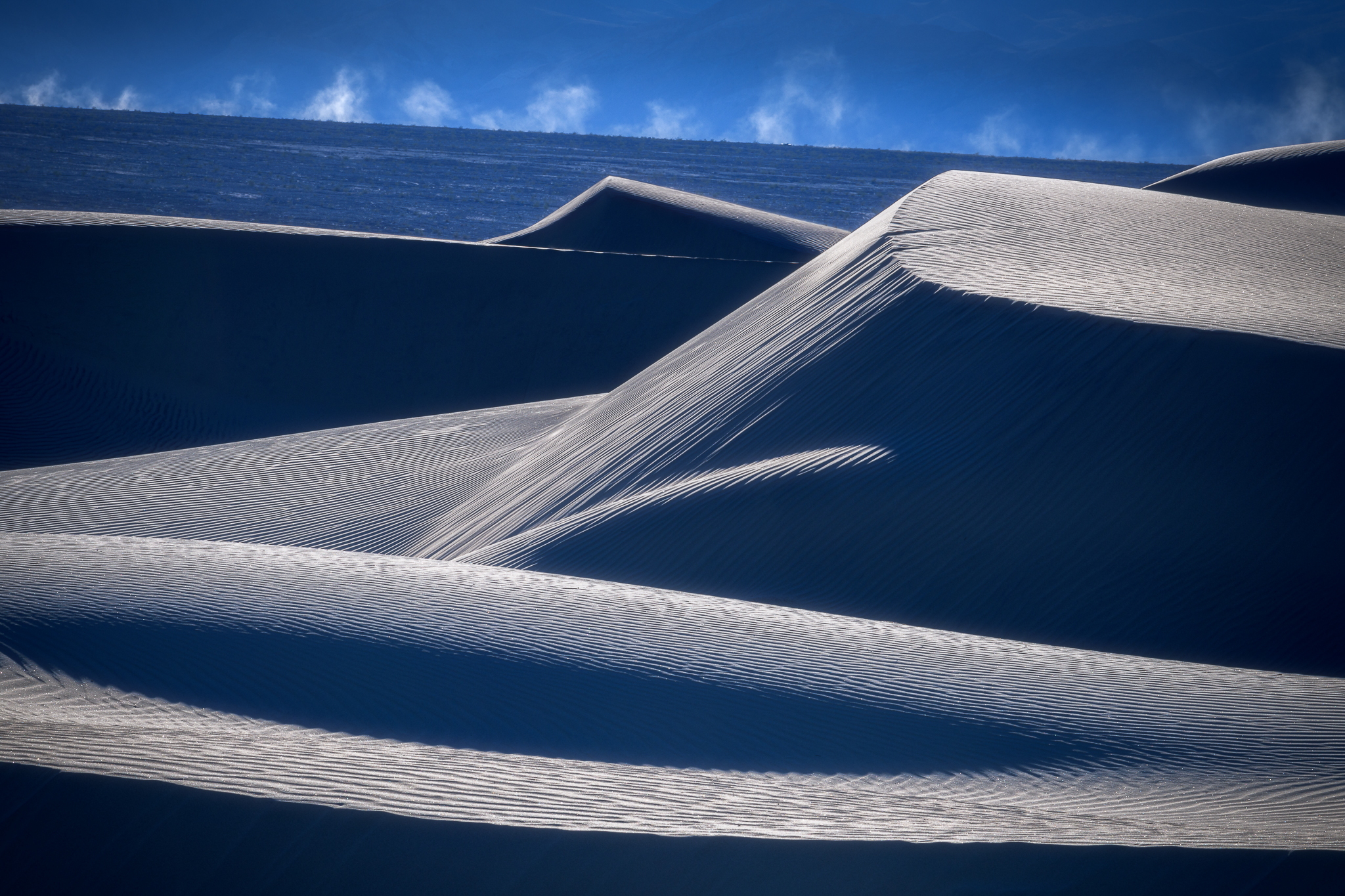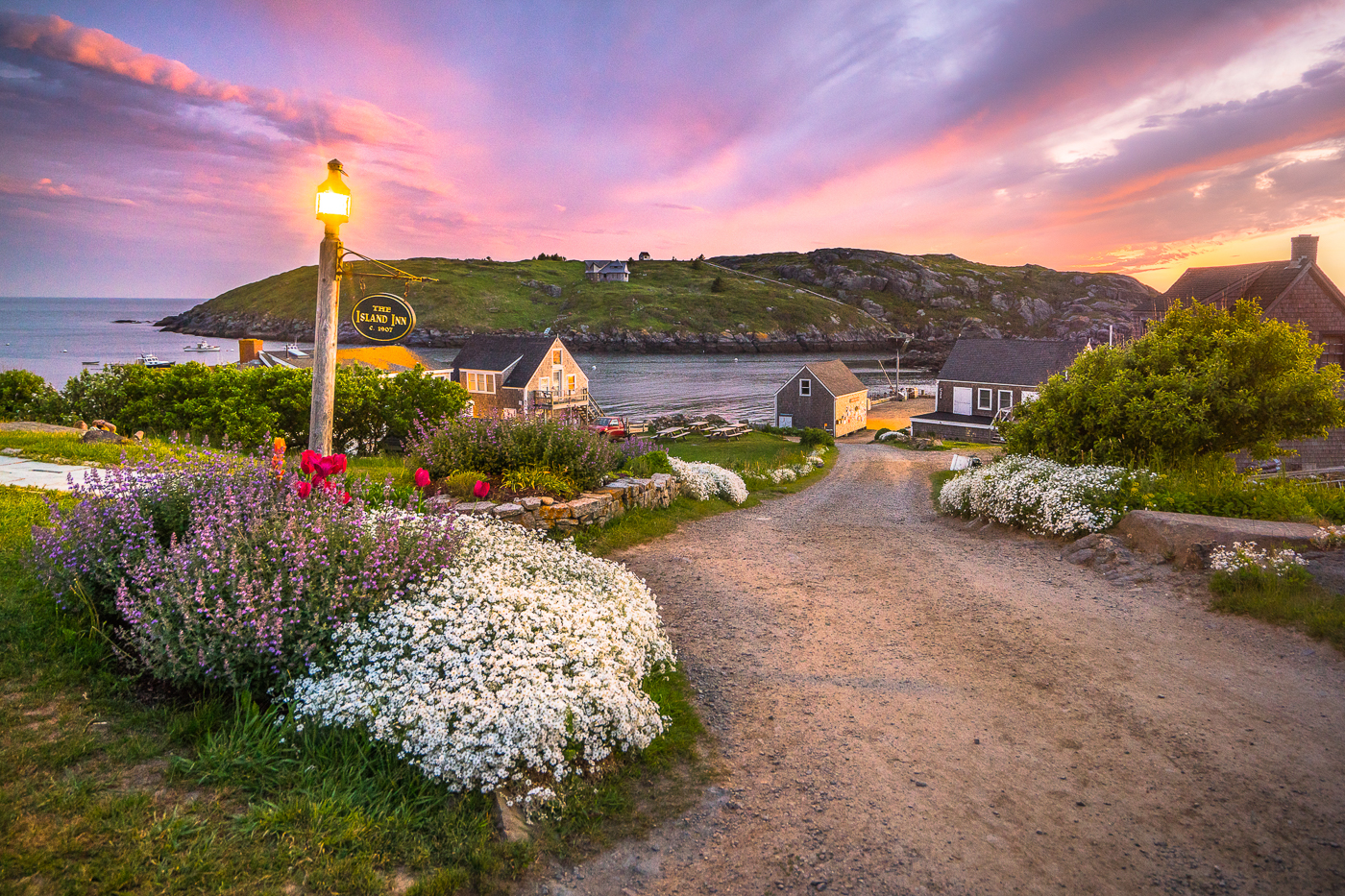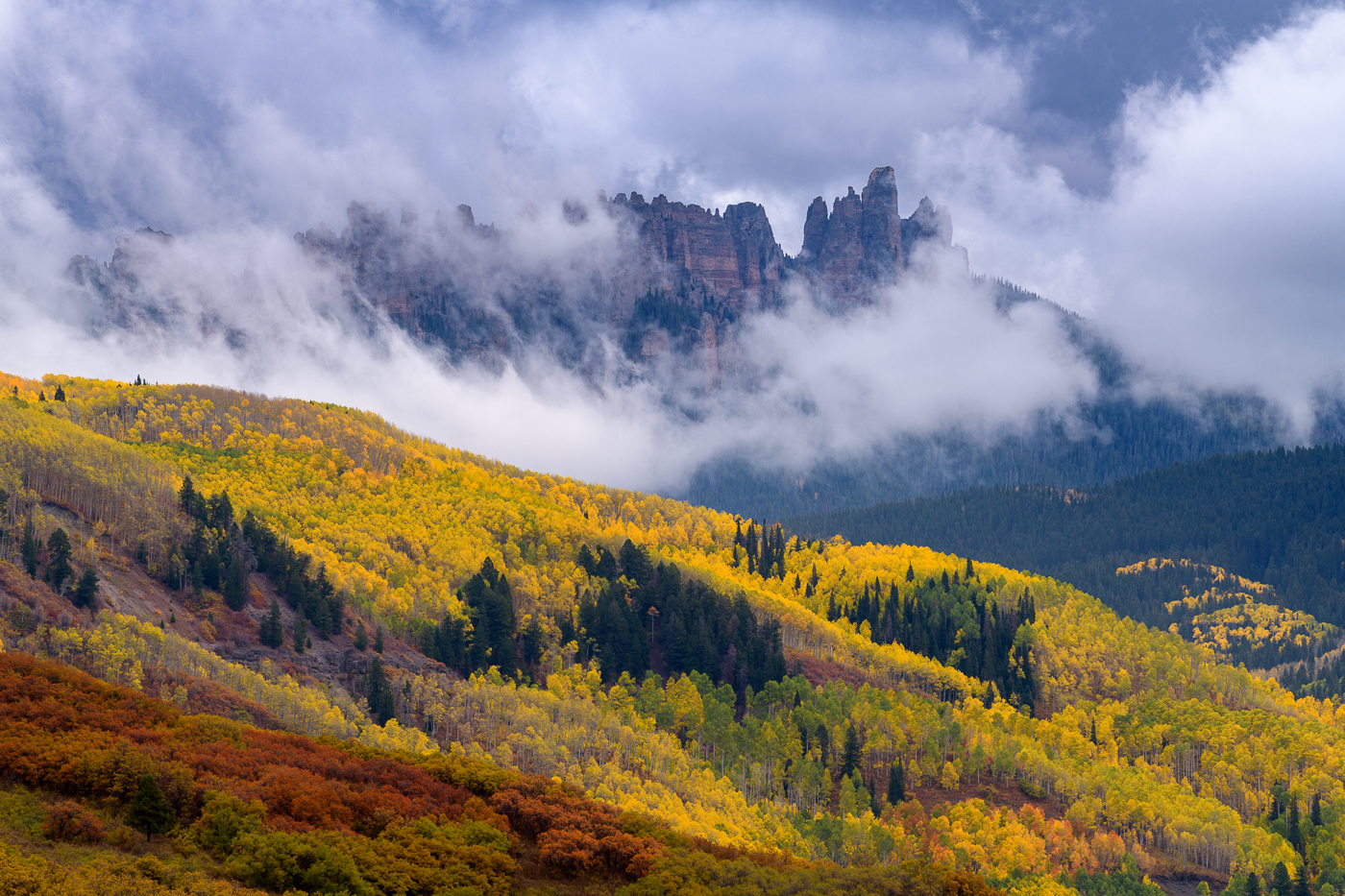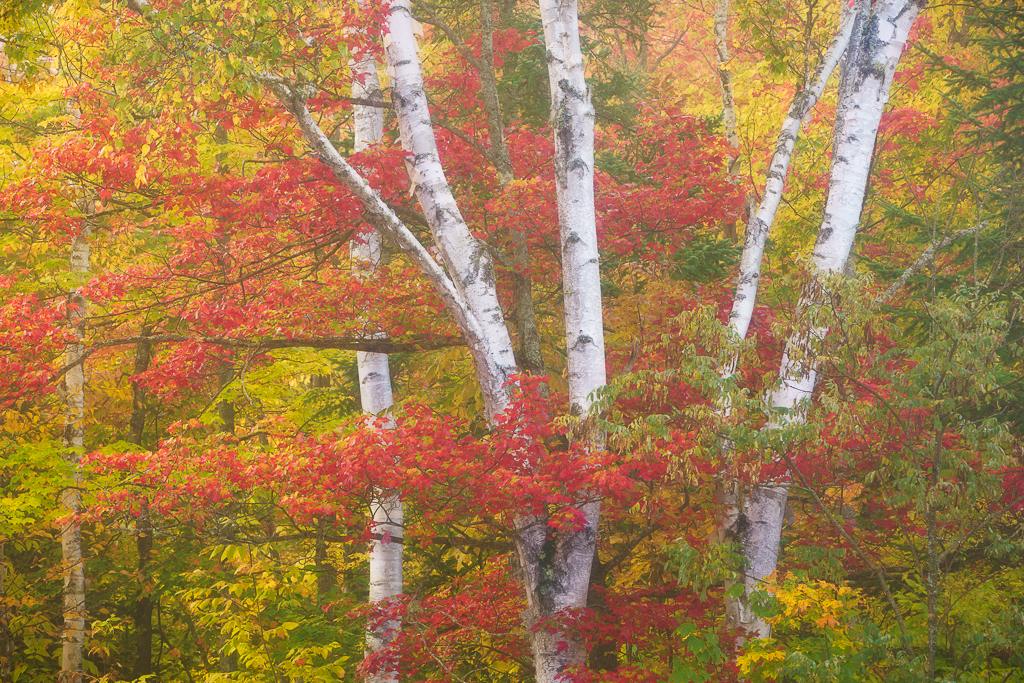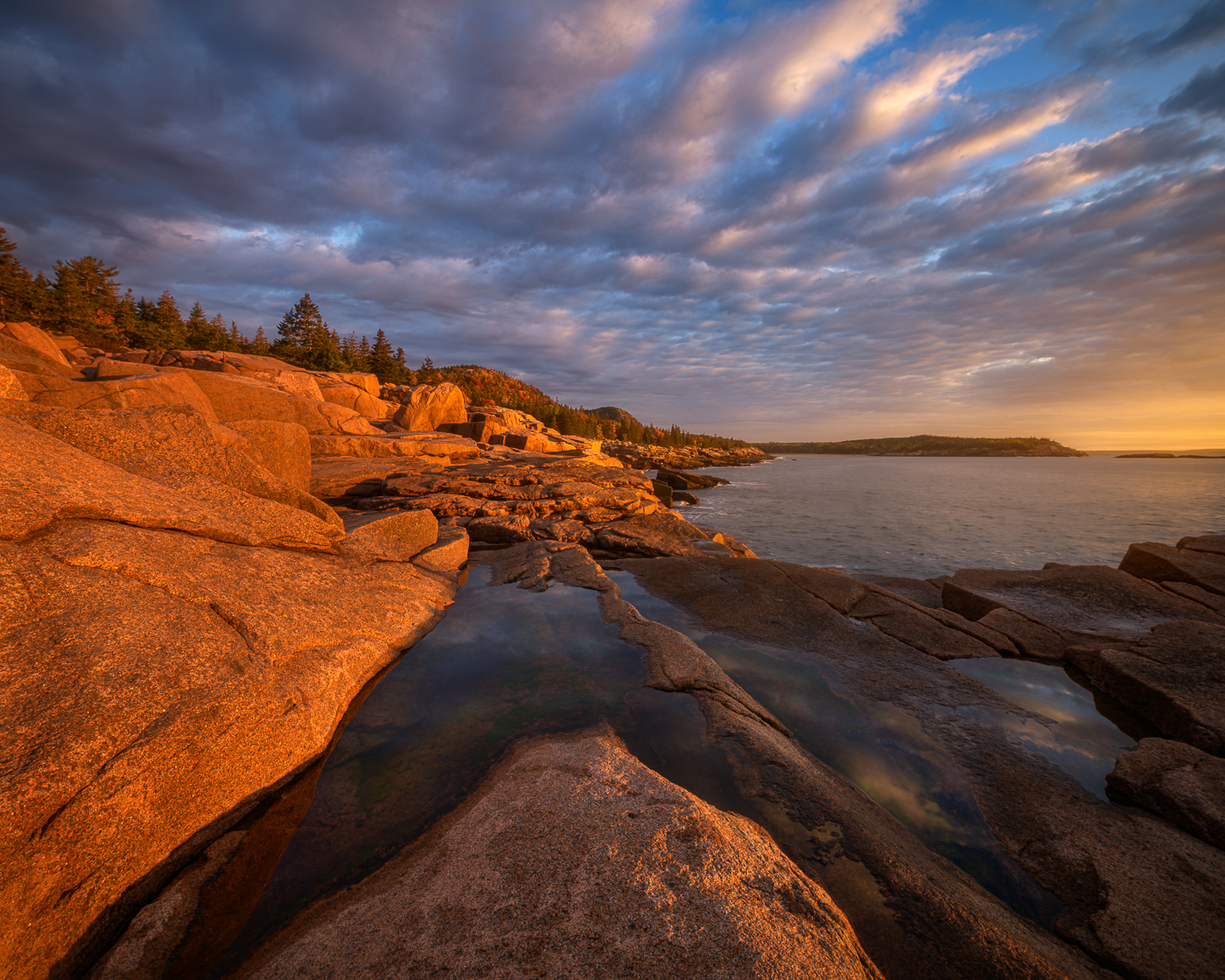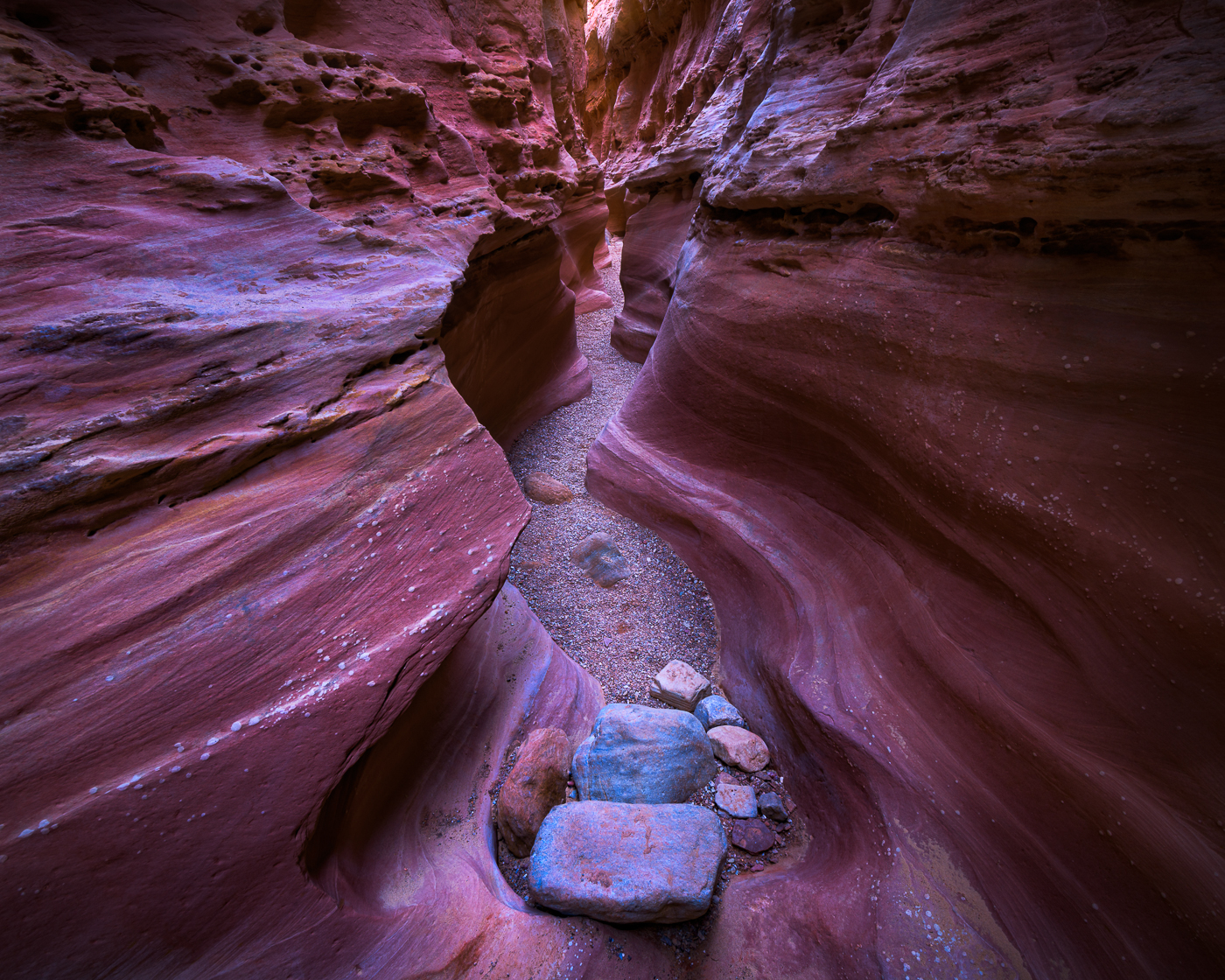Well it’s Sunday and I’ve got homework, a syllabus to modify and presentation to plan, lots of images to edit and process from an assignment or two and just like when I was in high school and college, I’m procrastinating! When I was younger my procrastination technique of choice was to clean my room or when in college it was to do laundry. My argument was “how could I possibly be productive in the midst of such chaos.” Well you know what they say about old dogs and new tricks so today I’m organizing the mayhem that is my office.
I get a lot questions about my gear and editing workflow so here’s my system and routine for staying organized and protecting my assets:
- 15″ macbook pro – my main computer which houses my operating system and all applications (Lightroom, Photoshop, etc.). This gets backed up to a 4TB external hard drive using time machine. I also keep my Lightroom catalog file on this main drive so that I can work with collections, key words, etc without being in the office connected to the actual files.
- 4TB Seagate external hard drive (USB3) named Photo Library – this houses all my photos and related photography documents.
- 2nd 4TB Seagate external hard drive named Photo Library Backup – this is a mirrored copy of the Photo Library drive and gets backed up daily using carbon Copy Cloner for mac, a free backup application. If the primary Photo Library drive fails all I have to do is plug this one in and away I go, they are identical.
- 3rd 4TB LaCie external hard drive named Photo Library Backup – for off-site backup (explanation below)
When I come home from a shoot I first upload all my new files to a folder on the Photo Library external drive using the finder. I give the folder a name that has both a date and subject identifier, for example, 130113OakledgeParkSunset. I then launch my lightroom catalog and import the new folder with some develop presets as well as general keywords and copyright. I use the loupe in Lightroom to preview and rate the images; one star for keepers during the first pass. I then select all the non-keepers and delete them from the hard drive, no sense keeping them around cluttering up the works. I then rename all the keepers with a unique file name and sequence number. My system is based on date, ex. 130113kbp001. At this point I may begin processing images or perhaps wait until a later date, regardless I’ll be going back through another round of ratings to segregate out the real gems.
I’ve got carbon copy cloner scheduled to do my daily backup in the evening while I’m sleeping, I’ve just got to remember to turn on and plug in the second drive before going to bed. Sometimes If I know I’ll be away from my computer and not using it to process images I’ll manually initiate the backup during the day. Only after all new files have been backed up do I reformat the media cards. This should be done in your camera to ensure proper file handling and keep the cards healthy and happy.
The final step in protecting your precious files and one that is definitely recommended by the digital asset management gurus is to keep a third copy of your backup drive off site. The obvious danger of keeping two external hard drives (photo library and photo library backup) living side by side on your desk is that you are not protected from theft, fire, tornado, earthquake, tsunami, you get the idea. I leave this third drive at a family member’s house and periodically (once a month or so) pick it up for backup. When I retrieve the third drive I leave behind the other photo library backup essentially leapfrogging the drives each time.
So here’s the lesson, get organized, stay organized and make sure you are routinely backing up your photo library. You don’t have to do it like I do, there are many ways to configure your scheme or workflow, the important thing is to pick one and be consistent. Because hard drive failure will happen, it’s not a matter of if, it’s when. I’ve had it happen twice in the same year and were it not for by backup drive and system described above I would have lost 10s of thousands of images.

“Brush Strokes,” Canon 5DII, 16mm, f16 @ 20 sec. ISO 50, 3 stop grad nd


